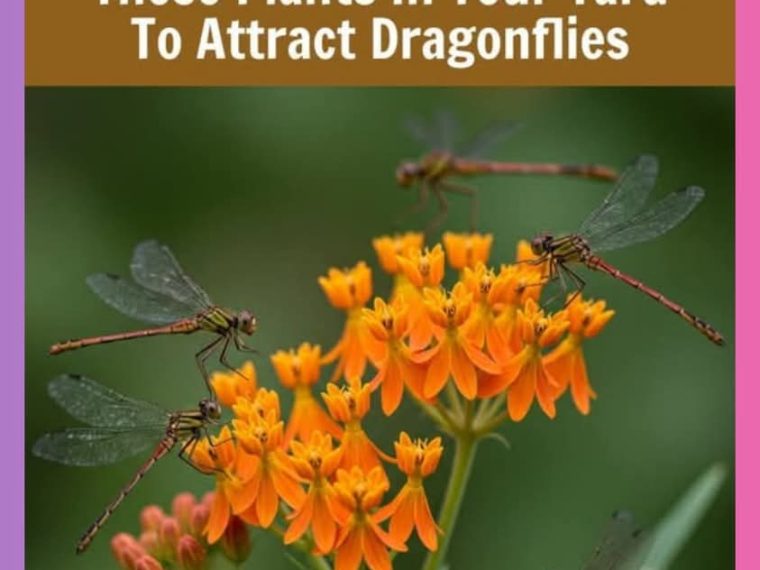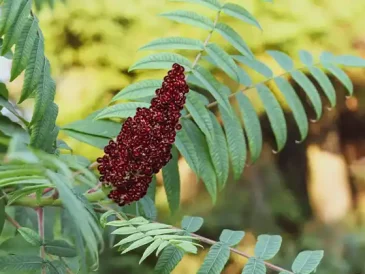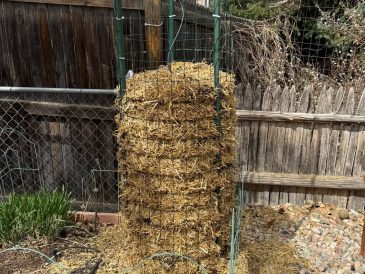Mosquitoes are more than just an annoying summer nuisance—they can carry harmful diseases and disrupt peaceful outdoor activities. Instead of relying on chemical sprays or expensive traps, you can turn to a beautiful, natural ally in the fight against mosquitoes: the dragonfly. These ancient, graceful insects are not only mesmerizing to watch but also highly effective mosquito hunters.
Dragonflies: Nature’s Mosquito Hunters
Dragonflies are among the most efficient insect predators. A single adult dragonfly can eat hundreds of mosquitoes per day, making them one of the best forms of natural pest control. Both dragonflies and their aquatic larvae (called nymphs) feed on mosquito larvae and adult mosquitoes.
Dragonflies catch their prey mid-air with precision, speed, and agility. Their presence in your yard can significantly reduce mosquito populations—without the need for toxic chemicals.
Why Attract Dragonflies to Your Garden?
- Natural mosquito control
- Environmentally friendly alternative to pesticides
- No harm to pollinators like bees and butterflies
- Adds beauty and biodiversity to your yard
- Supports local ecosystems
How to Attract Dragonflies to Your Yard
If you want to encourage dragonflies to call your garden home, you’ll need to make your outdoor space inviting to them during both their aquatic and adult stages. Here’s how:
1. Add a Water Feature
Dragonflies lay their eggs in or near water, and their nymphs live underwater for months or even years.
Best water features include:
- Small ponds (natural or artificial)
- Birdbaths or shallow basins
- Water gardens or rain gardens
Tips:
- Avoid chlorinated water.
- Add rocks or water plants to give nymphs shelter.
- Keep the water still; dragonflies prefer calm water to breed.
2. Plant Dragonfly-Friendly Flowers
Dragonflies rest and hunt near tall grasses and flowering plants. Certain plants not only attract dragonflies but also attract the small insects they feed on (other than mosquitoes).
Top plants to include:
- Milkweed
- Butterfly bush (Buddleia)
- Joe-Pye weed
- Black-eyed Susan
- Coneflowers
- Swamp milkweed
- Meadow sage
These plants also support pollinators like butterflies and bees, enriching your garden with life and color.
3. Create Perching Spots
Dragonflies love to perch and sun themselves. Provide areas where they can rest and survey for prey.
Ideas:
- Thin bamboo stakes
- Tall flower stalks
- Decorative garden twigs or rods
4. Avoid Pesticides
Chemical pesticides kill mosquitoes—but they also harm dragonflies, bees, butterflies, and other beneficial insects. To build a healthy ecosystem in your garden, minimize or eliminate chemical use.
5. Provide Shelter and Protection
Dragonflies need a safe, diverse habitat. Include some shrubs, tall grasses, or even logs and rocks to offer shelter from wind and predators.
Fun Facts About Dragonflies
- Dragonflies have been around for over 300 million years—even before dinosaurs!
- They can fly in all directions—even backward!
- Dragonflies have nearly 360-degree vision due to their large compound eyes.
- Some species can fly up to 30 miles per hour!
Conclusion
Dragonflies are not only beautiful and fascinating to observe, but they’re also one of the best natural defenses against mosquitoes. By adding water features, planting the right flowers, and creating a welcoming habitat, you can invite these helpful creatures into your garden. The result? A more balanced ecosystem and a mosquito-free outdoor sanctuary—naturally.





